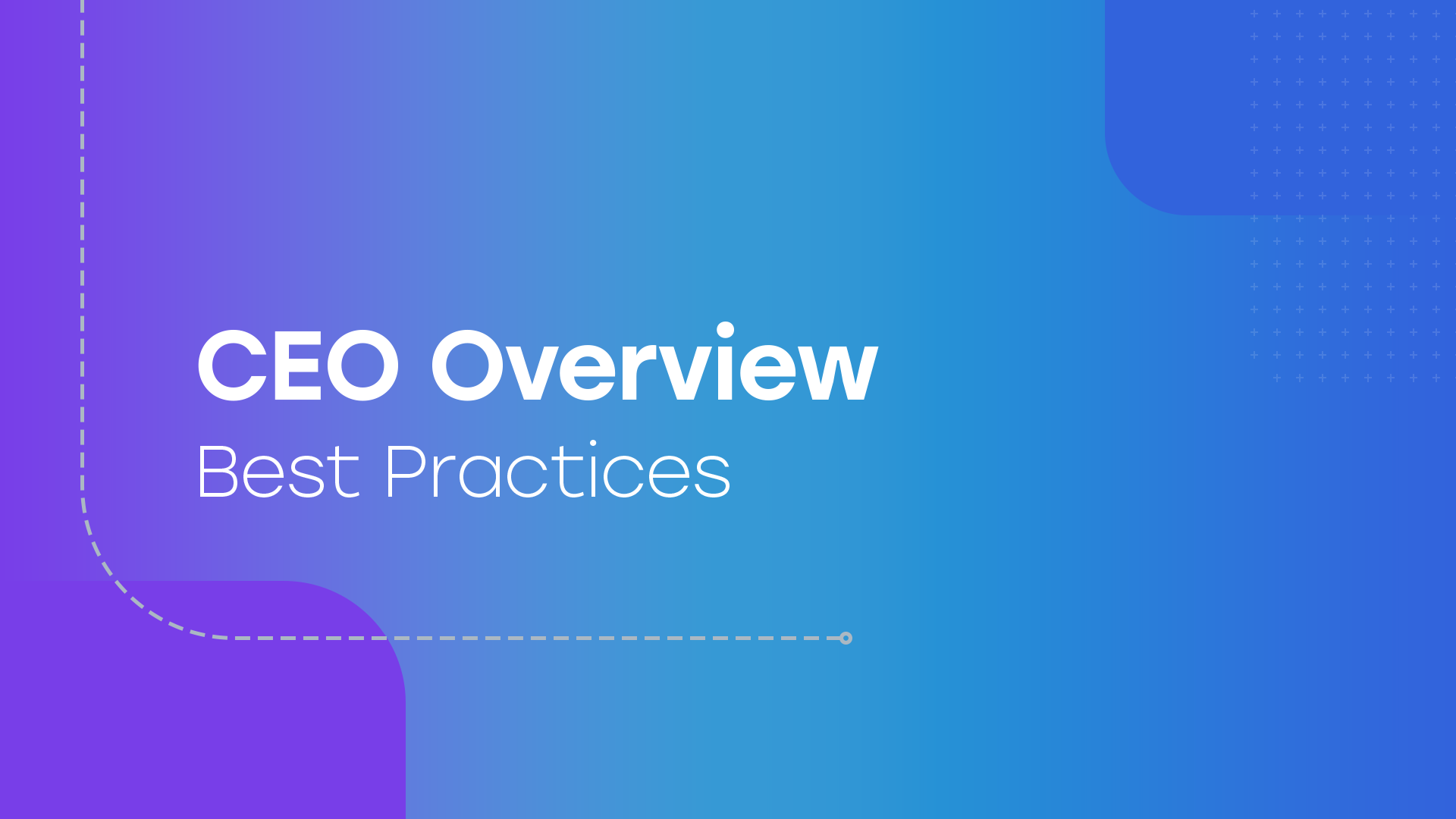FOREWORD:
Running a startup is a tough job. Even during the best times, founders are constantly pulled in many directions. To be successful, startup leaders must make consistent progress as they try to assemble high-performing teams, build and deliver new products, and gain market traction.
What’s more, they have to accomplish all of this simultaneously when they have little data, few resources, and limited control over a variety of external market forces. It’s like asking a conductor to lead an orchestra while composing a new song with their musicians marching in tight formation down a busy highway.
Despite the long odds, there’s always a batch of emerging companies that seemingly come out of nowhere to dominate new categories or beat bigger, more well-established companies at their own game.
How do they do it? Why are some startups successful while others disappear without a trace?
Of course, a variety of factors come into play to determine the outcome of any company. Nevertheless, there are important patterns and specific founder characteristics that significantly impact the odds of success.
Over the past twenty-plus years, the team at Sorenson has worked with dozens of phenomenal startup founders. One of the things we’ve noticed about the most effective company leaders is that they have the ability to leverage all available information, take advantage of subject matter experts at their disposal, and develop learnings to most effectively navigate rapidly changing markets in good times and bad.
One of the most effective mediums for gathering diverse perspectives on key business issues is board meetings. Great company leaders view board meetings as a focusing mechanism and periodic forcing function. And they use board meetings — including pre-meeting preparation — to learn from past behavior and decisions, identify the company’s most important strategic and operational initiatives, and focus and align internal teams and board members on a common agenda. This is not to say that company leaders will always agree with board member perspectives or make decisions in line with the board’s view. But a common trait of the most effective company leaders is that they have the ability to focus board discussions on what matters most, welcome diverse perspectives (even when they are at odds with their own), and leverage those perspectives and information to make the right business decisions.
We can summarize this approach in three steps:
First, our most effective business leaders use the time they spend preparing their board presentations as an introspective and reflective exercise. They evaluate key learnings from what’s worked or failed in the past and identify which issues need to be addressed most urgently to push the business forward.
Second, the resulting board presentation and materials are structured in such a way to prioritize the most important business issues and facilitate a highly productive discussion. Rather than a 100-page data dump of every metric under the sun, the most effective company leaders focus on fewer, but more insightful analyses that inform the most critical decisions facing a business.
Third, because board meetings and director interactions are concentrated on the most critical company metrics and business drivers, successful business leaders maximize the impact of the board’s engagement and advice while minimizing management team effort and time.
In our next set of blogs — part of Sorenson’s Democratizing the Founder Playbook series — we will share tips, tactics, and templates to help company leaders get the most out of their boards. While there is certainly no “one size fits all”, we will attempt to distill some of our favorite founder best practices into lessons that will ensure your board relationships are productive, contribute to your company’s ultimate success, and won’t distract you from building a great business.
In this first blog, we’ll focus on how to best structure the board discussion through an effective CEO Overview. In subsequent articles, we will go into more detail on departmental updates, strategy discussions, and closed sessions and corporate governance.
CHAPTER #1: CEO OVERVIEW BEST PRACTICES
The CEO Overview provides a roadmap for the board discussion and serves as the best opportunity to align, structure, and focus the discussion on the most pressing business issues and where board member engagement would be most helpful. By spending a few minutes aligning on the most important issues facing the business, you can avoid the lengthy page flips, detailed data reviews, and off-topic questions, and focus the discussion on ways to most meaningfully move the business forward.
We can summarize our observed CEO Overview best practices by four principles:
- Structure & calibrate. Spend a few minutes at the beginning of every board meeting communicating the most critical issues facing your company. Provide some time for the board and management team to raise questions or concerns, and be willing to adjust the agenda to hit those pressing topics.
- Balance the big picture & details. The CEO Overview is not the time for data deep-dives. Instead, share just enough data to provide the context needed to highlight those topics that are top of mind.
- Maintain focus on your “strategic imperatives”: As start-up business leaders, it is easy to get lost in the high-paced building process and lose sight of your “north star”, or your business’s strategic imperatives. Each year, align with your board on the most important value drivers for your business for the next 12 months. Each quarter, align on next steps and measure performance against those goals.
- Reflect and introspect. Evaluating learnings is a critical skill successful CEOs possess. Use your board discussions, and the CEO Overview in particular, as an opportunity to be introspective and evaluate past decisions made and why or why not those decisions paid dividends. Use those learnings to inform next quarter’s actions.
Thank you to all of the amazing founders we have had the pleasure of working with over the past twenty-plus years that have informed these best practices.
Just like board meetings, the best answers usually come from critical and thoughtful discussions. Tell us your favorite best practices, principles, tips, or templates for getting the most out of your board.





